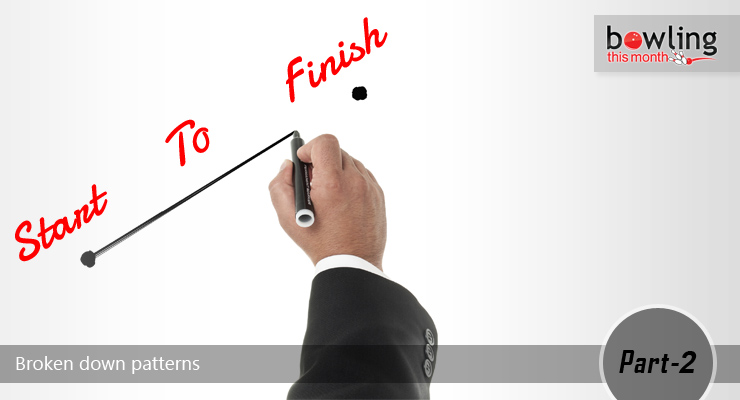Before discussing what happens to an oil pattern, there are a few things that you may want to know. First of all, the oil pattern example that is used here was applied exactly the same in each of three bowling centers: one on the East Coast, one in the Midwest, and one on the West Coast. The next thing that you need to be aware of is that, even though the oil pattern was laid down in three different bowling centers, the oil pattern, after being bowled on, broke down within one unit of oil of one other. We are showing you one set of graphs for simplicity’s sake. Additionally, all of the changes that occurred on the oil pattern happened in leagues that were comprised of four bowlers per team, bowling a three-game set, with mostly elite, high-revving players.
I am showing you views from the end of the lane (Graph A), right side of the lane (Graph B) and an overhead view (Graph C). The first of each set of three graphs show the pattern before bowling; the second of each set of three graphs show the pattern after three games of league.
To have a clear understanding, you might want to refer to last month’s article.
Graph A: before and after
Graph B: before and after
Graph C: before and after
What happened?
Let’s go over the broken down oil pattern and see what happened. When you look at Graph A after, you will notice a glaring difference between it and Graph A before. Look at the C20 in the middle of the lane and draw your eyes from the bottom of the oil ...
This article is only available to Bowling This Month subscribers. Click below to get instant access to this article and all of our other premium instructional content.
Subscribe to Bowling This Month
Already a Bowling This Month subscriber? Click here to log in.
Image Credits: Hand / drawing a line graphic (©iStock.com/Catalin205) is licensed for use by BTM and is the copyrighted property of its original creator.
